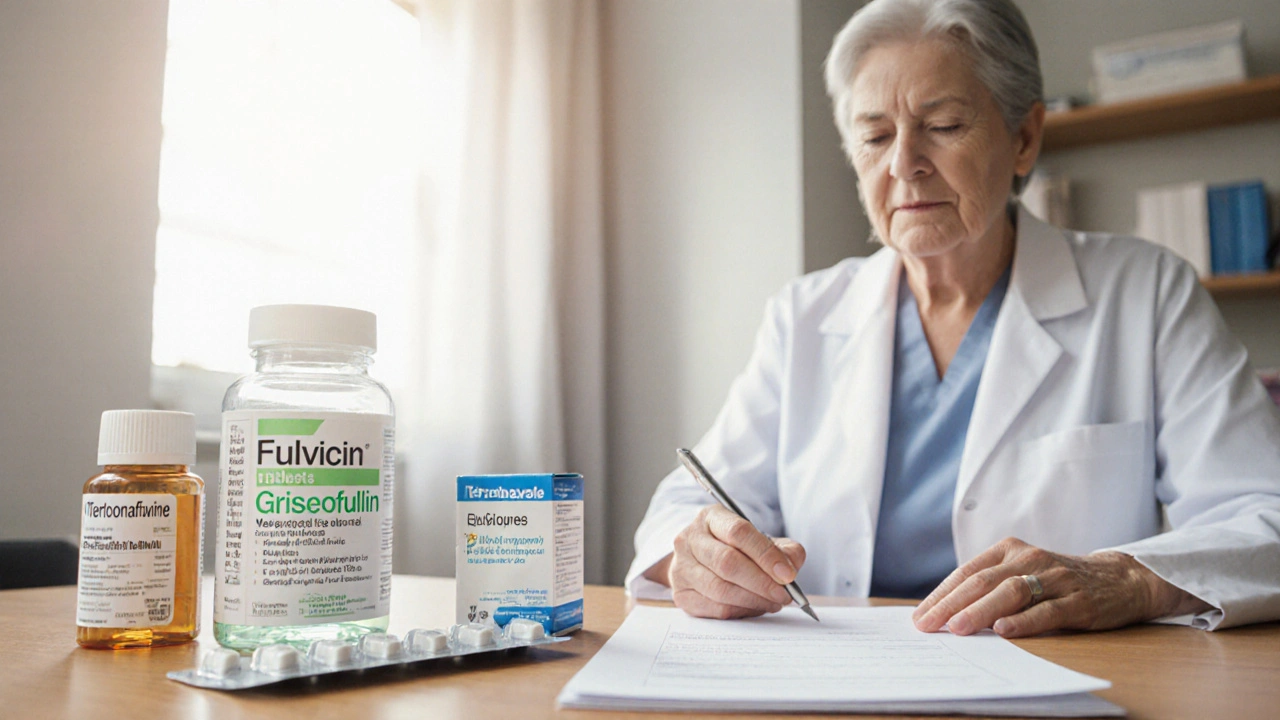Ever stared at two pills and wondered which one is better for you? You’re not alone. Comparing meds can feel like a maze, but it doesn’t have to be. In this guide we break down the key factors—price, effectiveness, side effects, and convenience—so you can make a clear call.
The first step is to match the medication’s purpose with your health need. Read the label or ask your pharmacist: does it treat infection, control blood pressure, or calm allergies? When two drugs promise similar results, check which one works faster or lasts longer. Real‑world reviews often reveal if a drug actually lives up to its claims.
Dosage frequency can change how easy it is to stick to the plan. A once‑daily pill beats three doses spread across the day for most people. Also, consider forms—tablet, capsule, liquid, or patch. Some folks swallow pills without trouble; others prefer a chewable or topical option.
Side effects are another big piece of the puzzle. Look at common reactions like nausea, drowsiness, or headache. If you’ve had bad experiences with similar meds before, steer clear of those ingredients. A quick search on reputable sites can show you how often each side effect shows up.
Cost matters too. Generic versions usually cost less and are just as effective for most conditions. Compare prices at local pharmacies, online stores, or through insurance formularies. Sometimes a brand‑name drug is covered better by your plan, so the out‑of‑pocket price might be lower.
Don’t forget interactions. Write down all the meds, supplements, and even herbal products you take. Some combinations can boost side effects or reduce effectiveness. A pharmacist can run a quick check for you.
If you’re unsure which option fits best, ask your doctor to explain the pros and cons in plain language. Good doctors will talk about why they chose one drug over another and what to watch for after you start.
Finally, keep track of how you feel once you begin a new medication. Note any changes—good or bad—in a simple notebook or phone app. If something feels off after a week or two, reach out to your healthcare provider right away.
Comparing meds doesn’t have to be overwhelming. Focus on what matters most for you: how the drug works, how often you take it, side effects, price, and interactions. Armed with this info, you’ll feel confident choosing a medication that fits your life.

A side‑by‑side look at Fulvicin (griseofulvin) versus terbinafine, itraconazole, and fluconazole, covering how they work, costs, side effects, and how to pick the best option.

Stocking up on parasite meds? Stromectol isn’t your only option. This article lays out nine different alternatives, diving into what makes each one stand out, where they fit in, and some side-by-side tips. Find out who benefits from which drug and what risks to watch for so you can talk to your doc with confidence.

Exploring the realm of erectile dysfunction treatments, this article sheds light on five notable alternatives to Cialis. Through a detailed analysis of Sildenafil, Stendra, Levitra, Alprostadil, and generic Tadalafil, readers can learn about their distinct features, benefits, and drawbacks. This information aids individuals in making informed choices regarding which treatment might best suit their needs for effective and satisfactory results.
As a blogger, I recently delved into understanding the cost-effectiveness of abiraterone in prostate cancer treatment. What I've discovered is that abiraterone has shown promising results in improving the survival rate and quality of life for patients with advanced prostate cancer. However, the high cost of this treatment may limit its accessibility for many patients. It's crucial for healthcare systems and insurance providers to consider the balance between the benefits and costs of abiraterone to maximize its potential. Overall, I believe it's essential to continue researching more cost-effective alternatives while advocating for better financial support for those who need this life-saving treatment.
Amantadine is a prescription medication used in dogs and cats for chronic pain, especially when other drugs aren't enough. It blocks pain signals in the brain and works best when combined with other therapies.
I recently came across an interesting overview on Amiodarone and its role in managing Long QT Syndrome. As a powerful antiarrhythmic drug, Amiodarone has been quite effective in treating this heart condition which results in abnormal heart rhythms. The overview discussed its mechanism of action, emphasizing its ability to prolong the QT interval and prevent dangerous arrhythmias. It also touched upon the potential side effects and precautions to consider when using this medication. Overall, I found it to be a valuable resource for understanding how Amiodarone can help those with Long QT Syndrome.
Generic drugs save billions and work just as well as brand-name versions. Learn what the FDA requires for therapeutic equivalence, why labels look different, and when to watch for subtle changes.
Discover eight alternatives to rexmd.com for men's health solutions in 2024. This article explores a variety of telehealth services offering treatments for erectile dysfunction, hair loss, and other wellness issues. Each alternative provides unique features such as virtual consultations, discreet delivery, and comprehensive health services. Whether you seek the convenience of telehealth or prefer in-person consultations, explore the options that best suit your needs.